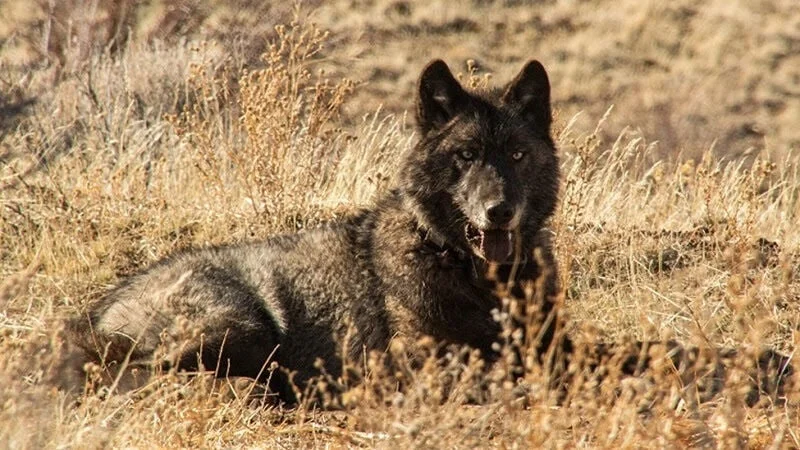
Can Technology Tame the Wild? California’s Bold Move to Track Gray Wolves
In a state where wildlife and agriculture collide, California's Department of Fish and Wildlife (CDFW) is rolling out innovative tools to manage the growing gray wolf population and protect ranchers' livelihoods. As wolves make a dramatic comeback, sparking debates over conservation and economic survival, this new initiative could be a game-changer for rural communities facing increasing conflicts.
The spotlight falls on CDFW's newly launched Wolf Location Automated Mapping System, designed to give ranchers real-time insights into wolf movements. This tool provides approximate GPS locations of collared wolves, updated four times daily, helping producers anticipate risks to their herds. According to CDFW Director Charlton H. Bonham, 'California’s rural livestock producers living near wolves have faced real challenges as the wolf population grows. This is one more tool in our shared toolkit to protect their herds from wolf-livestock conflict.' It's a proactive step in a state where wolves, once hunted to extinction, have rebounded since their return in 2011.
Building on this, CDFW recently collared 12 gray wolves in Northern California, across counties like Siskiyou, Lassen, Plumas, and Sierra. Operations from January involved wolves from packs such as Whaleback, Harvey, and Beyem Seyo, allowing biologists to track their movements and gather data on health and habitat use. 
However, the resurgence of gray wolves isn't without controversy. Ranchers report devastating impacts from wolf attacks, with at least 19 cattle deaths confirmed between October and December 2024. In Tulare County alone, attacks by the Yowlumni pack have led to financial losses, including direct costs from killed livestock—up to $2,000 per animal—and indirect effects like reduced weight gain and stress-related health issues. Experts like UC Davis economist Tina Saitone estimate that one wolf could cost a rancher between $69,000 and $162,000 annually. While advocates suggest non-lethal deterrents like fladry fencing or range riders, ranchers argue that current restrictions under the California Endangered Species Act limit their ability to defend herds, fueling calls for more flexible policies.
This balancing act highlights the tension between wildlife protection and agricultural needs. CDFW's tools offer a path forward, but questions remain about their effectiveness and long-term sustainability. As gray wolves thrive, will technology bridge the gap, or will conflicts escalate?
In conclusion, California's wolf-tracking efforts represent a critical intersection of conservation and community resilience, potentially setting a precedent for managing endangered species nationwide. What do you think—should ranchers have more options for protection, or is this the price of ecological recovery? Share your views in the comments and help spread this story to spark wider discussion.